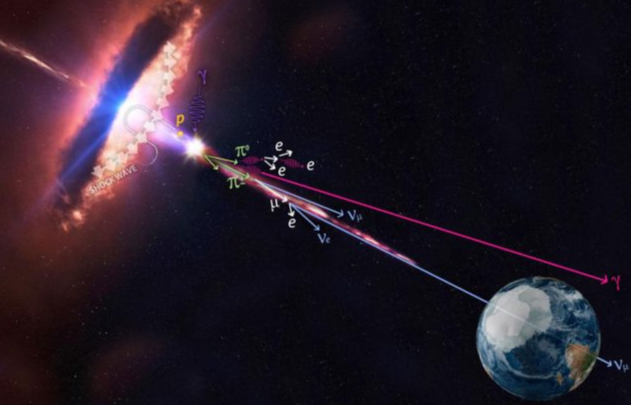Speaker
Description
The GRAPES-3 experiment in Ooty, Tamil Nadu, operates the world's largest muon telescope, which consists of 3,776 proportional counters (PRCs) as its primary detectors. These PRCs are cuboidal iron tubes filled with P10 gas, a mixture of 90% Argon and 10% Methane. Each PRC has dimensions of 6m x 0.1m x 0.1m and contains a 100-micron diameter tungsten wire anode, placed exactly at the centre of the cathode maintained at 3000 V. This configuration creates a strong electric field within the tubes, leading to an avalanche of electrons and ions whenever an ionizing particle passes through, enabling precise detection of cosmic ray muons. Studying the electric field inside the PRCs provides deeper insights into the detector’s response to different particles, enhancing our understanding of how the GRAPES-3 collaboration measures various cosmic ray components. It also helps optimize the detector's performance and accuracy in particle identification and energy measurement. In this contribution, we will present a study on the reconstruction of a GRAPES-3 PRC and its electric field simulation using Python libraries such as SciPy, NumPy, Matplotlib, and MayaVi-3D. We will present the effects of electric field strength as a function of radial distance from the center of the counter in the transverse plane, along with the longitudinal variation of the electric field strength. Additionally, we will present how the electric field strength varies with changes in the anode radius and the calculation capacitance per unit length of the PRC. These analyses provide critical insights into the operational characteristics of the PRCs, influencing their efficiency and accuracy in detecting and measuring cosmic ray particles.

